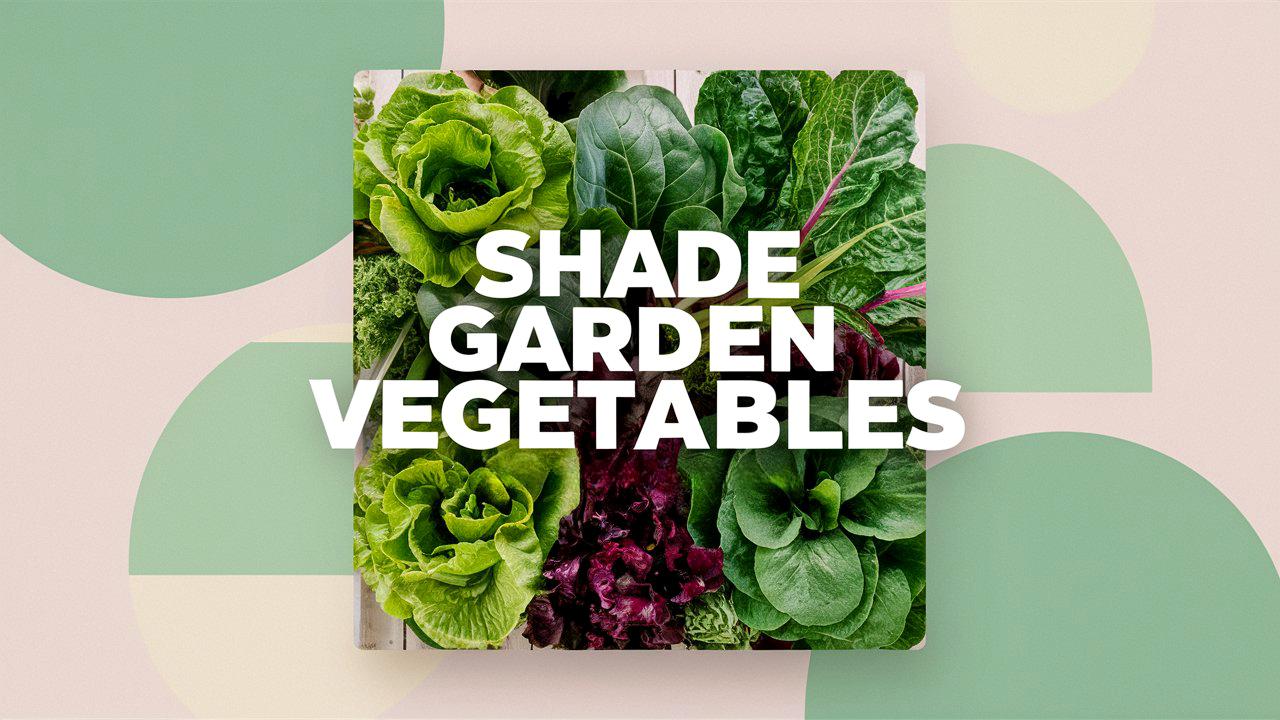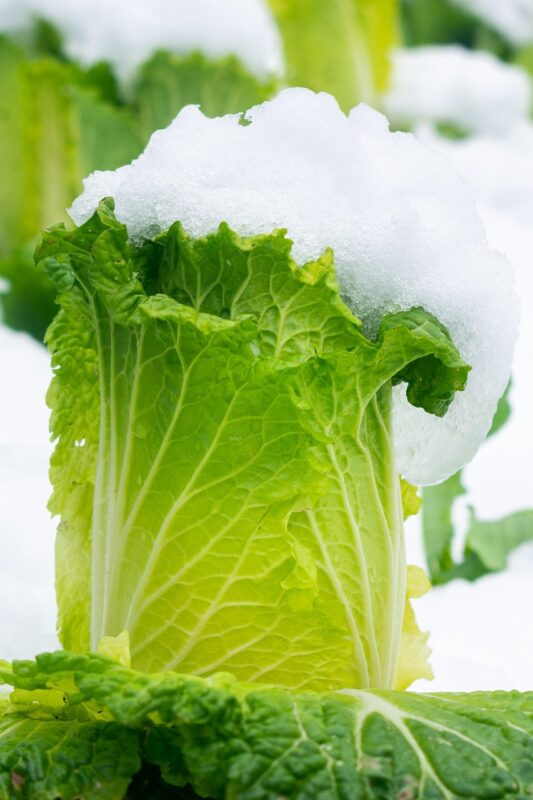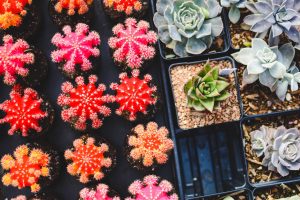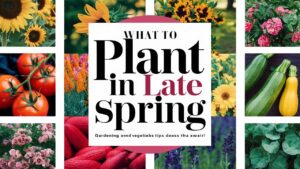Creating a garden in the shade may seem like a challenge, especially when it comes to growing vegetables. However, shade gardening can yield a treasure trove of delicious and nutritious crops that thrive in less than ideal sunlight.
This guide will explore the fascinating world of shade garden vegetables, focusing on two primary categories—root vegetables and cruciferous vegetables. With tips and insights tailored for beginners, you’ll learn how to cultivate a vibrant shade garden that fits into your lifestyle.
Root Vegetables
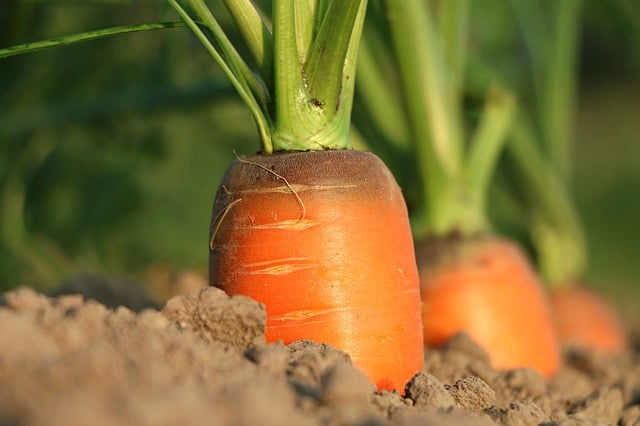
Root vegetables are a hardy and versatile group that can thrive in less sunny conditions. Root systems allow these plants to draw nutrients from deep within the soil, making them excellent candidates for shaded environments. Below is a look at some of the best root vegetables to consider for your shade garden.
Beets
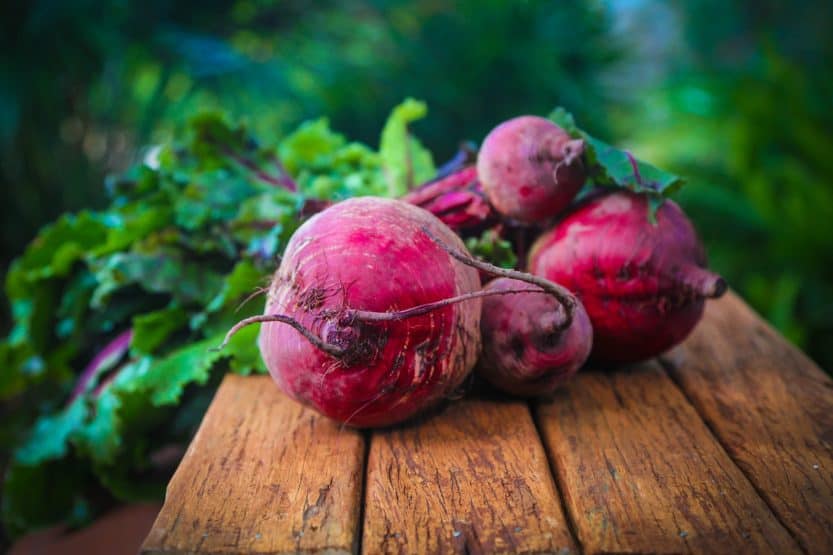
Beets are not only a vibrant addition to your plate with their deep magenta hues, but they also thrive in partial shade. They prefer cool temperatures, making them perfect for spring and fall gardens. With a rich history of being cultivated for their edible roots and tops, beets can be enjoyed roasted, pickled, or blended into smoothies. When planting beets, space seeds about an inch apart in well-draining soil enriched with compost. Keep the soil consistently moist, as beets can develop a tough texture if stressed.
Carrots

Carrots are another root vegetable that adapts well to shaded areas. While it’s true that they prefer full sun, they can still produce tasty roots in moderate shade. Carrots benefit from loose, sandy soil that allows them to grow straight and long. When planting, scatter seeds directly into the soil and thin them as they grow for optimal spacing, ideally about two inches apart. Regular watering is crucial, as a consistent moisture level will yield sweeter and more tender carrots.
Garlic
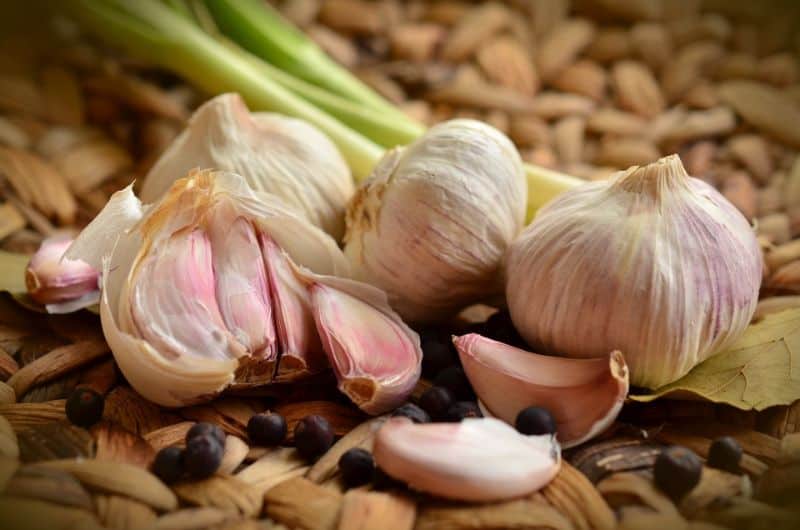
Garlic is a favorite among gardeners for its robust flavor and versatility in cooking. While it grows best in full sunlight, garlic can still thrive in parts of the garden that receive dappled shade. Plant individual cloves in the fall for a spring harvest; garlic will naturally sprout and establish itself. Ensure the soil is well-draining, and avoid watering too much to prevent rot. Harvesting garlic is rewarding—just dig it up when the lower leaves begin to brown.
Leeks
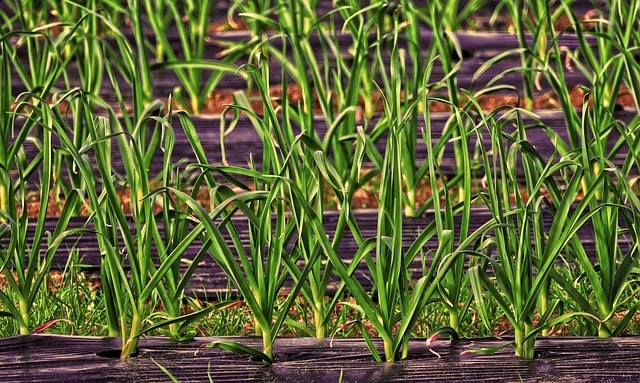
Leeks are often overlooked but are a fantastic addition to shaded gardens. They don’t require as much sunlight as other Allium family members and can grow comfortably in partial shade. Start leeks from seeds or transplants, planting them in fertile soil. The key to successful leeks is gradual deepening; as they grow, you can gradually pile soil around the stem to create an elongated edible white part. Leeks are perfect for soups, stews, and stir-fries, adding savoriness to any dish.
Parsnip
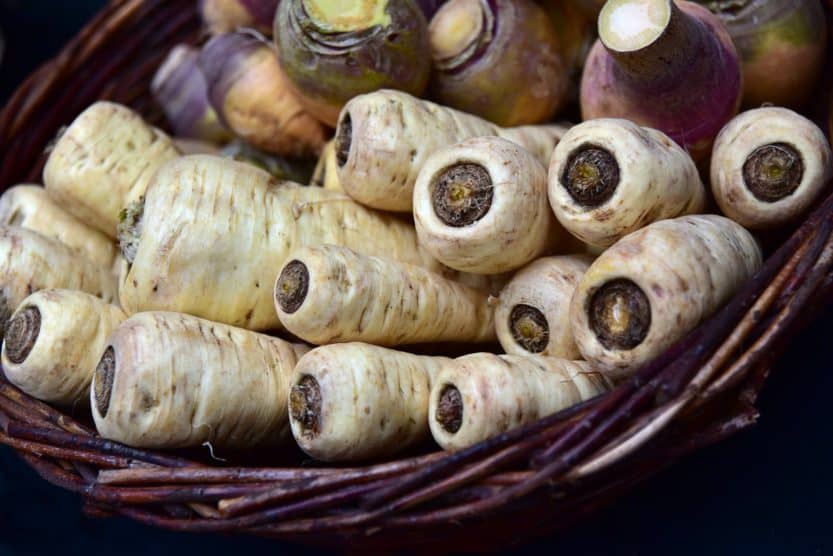
Parsnips are a great option for cooler climates and shady conditions. These sweet, creamy root vegetables thrive in rich, well-draining soil. Seeds can be directly sown in the spring, and while they require patience as they take longer to mature, the end result is worth it. A mild frost can even enhance their sweetness, making them an excellent addition to autumn menus. One important tip: avoid disturbing the soil too much after planting, as parsnips can be sensitive to soil changes.
Potatoes
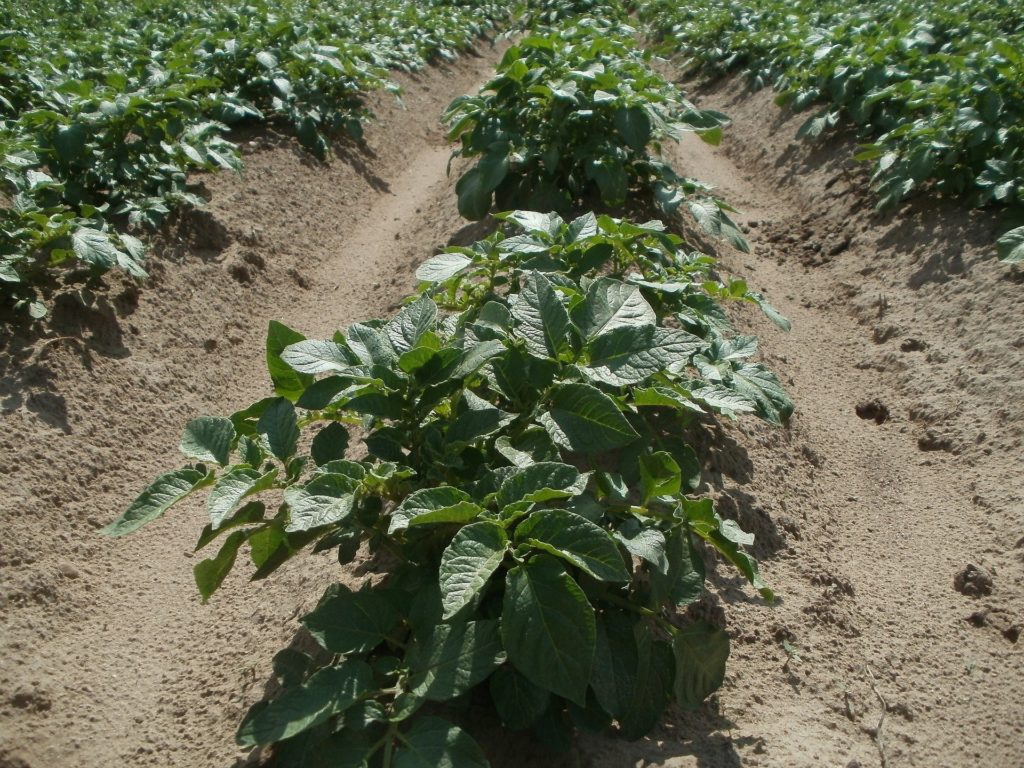
Potatoes are a staple in many kitchens, and surprisingly, they can tolerate some shade. They thrive in cool conditions, making a shady garden an ideal locale. When planting, consider using seed potatoes or small pieces of larger potatoes, ensuring each has at least one “eye.” Plant them in well-drained soil that has been enriched with compost, and hill the soil around the plants as they grow. This technique encourages more tuber development and prevents sunlight from turning the potatoes green.
Radish
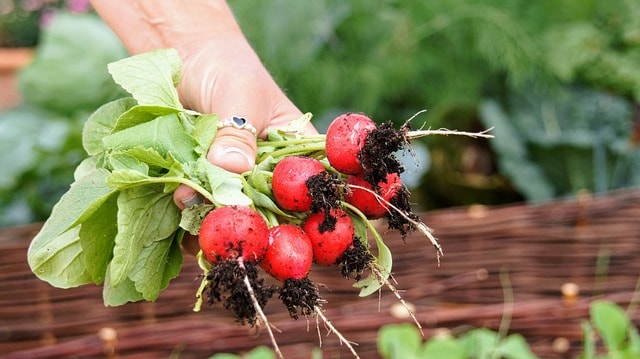
Radishes are quick-growing root vegetables and are perfect for beginner gardeners. They can thrive in semi-shaded areas and are excellent for intercropping with larger plants. Simply scatter seeds about an inch apart in well-prepared soil, and they’ll germinate within a week. Radishes are fast to mature, often within three to four weeks, meaning you can enjoy multiple harvests in a single season. Not only do they add crunch to salads, but the edible greens are also delicious when sautéed or added to smoothies.
Turnips
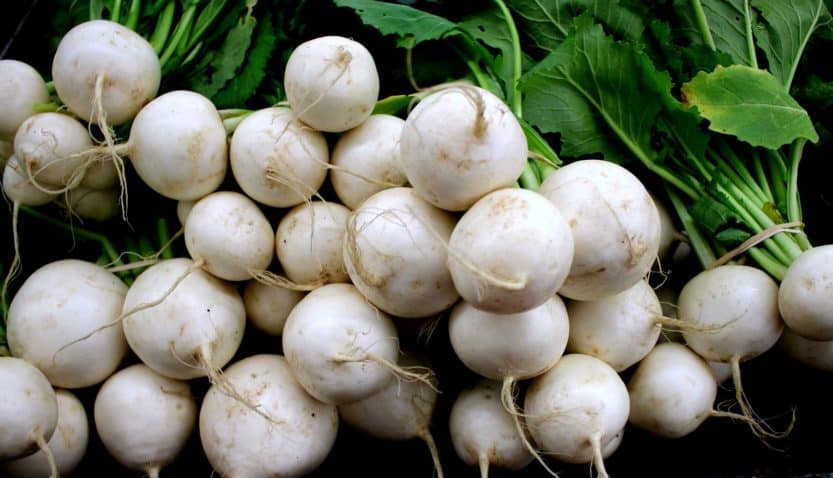
Turnips offer a dual advantage: you can eat both the roots and the leaves! These hardy vegetables are quite forgiving and can grow well in partial shade. When planting, make sure to provide plenty of space between seeds to allow for healthy root development. Just like with radishes, turnips can grow quickly, typically maturing in about two months. The greens are nutritious and can be used similarly to mustard greens or collards.
Arugula
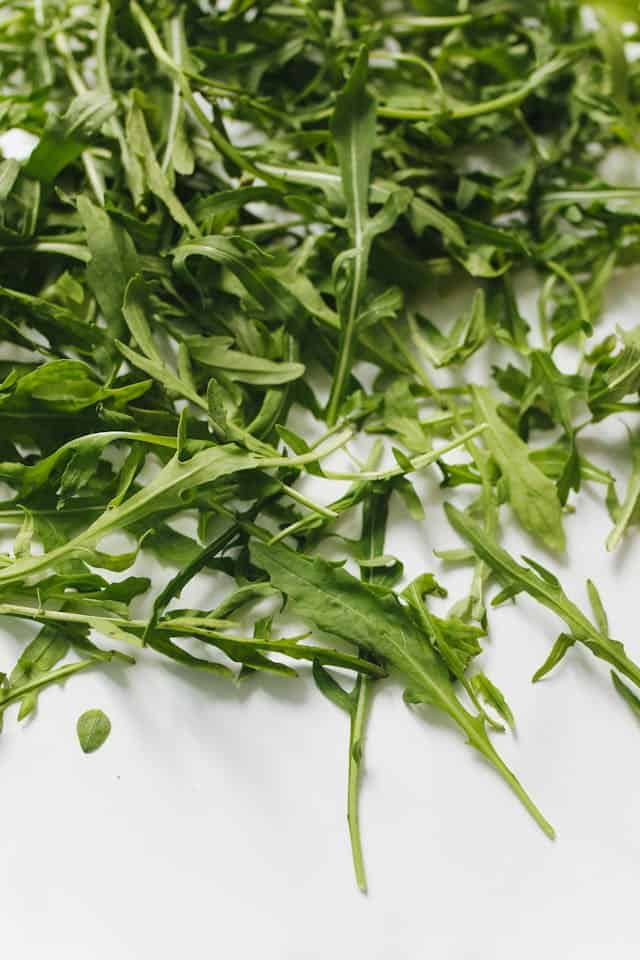
Arugula, with its peppery taste, adds a wonderful flavor dimension to salads and sandwiches. This leafy green flourishes in partial shade and can even tolerate the coolness of early spring and late fall. You can easily grow arugula from seeds, scattering them directly into prepared soil. Regular harvesting encourages new growth, allowing you to enjoy fresh greens over an extended period. Plus, arugula is rich in vitamins A and K, making it a nutritious addition to your meals.
Bok Choi
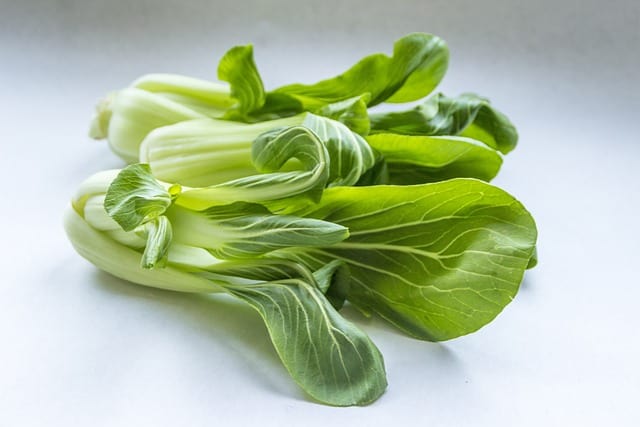
Bok choi is a delightful Asian green that grows exceptionally well in cooler, shaded environments. It’s an excellent source of vitamins C and K, and the crunchy texture adds variety to your dishes. Start your seeds directly in the ground in early spring or late summer, and keep the soil evenly moist. Bok choi is versatile in the kitchen; you can stir-fry it, steam it, or use it in soups. With its quick growth, you won’t have to wait long to enjoy your harvest.
Broccoli
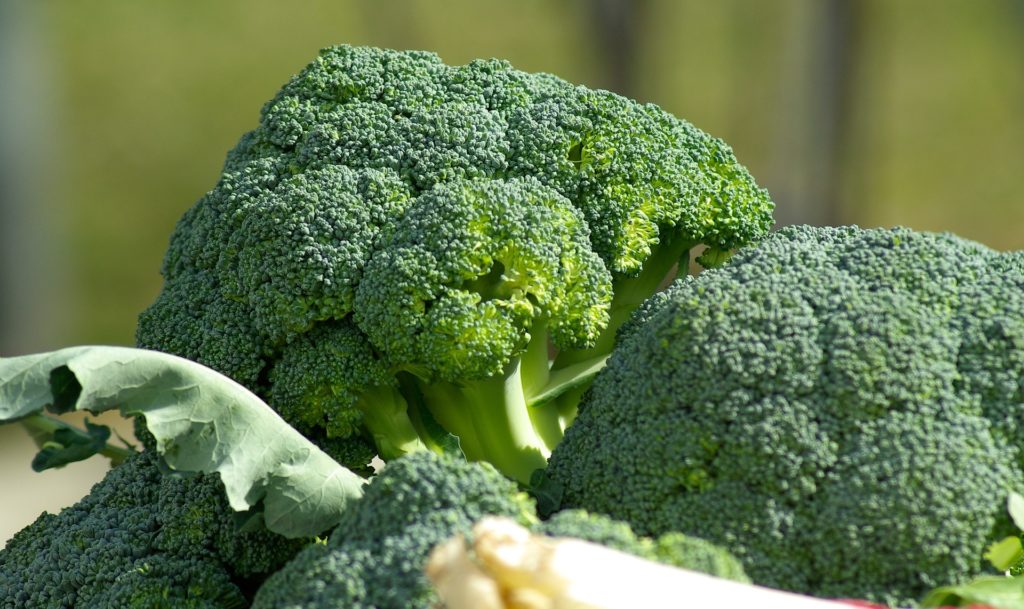
Broccoli is a classic vegetable that many home gardeners love to grow. While it prefers full sun, it can manage in partial shade. For the best results, plant your seeds or transplants in rich, fertile soil with plenty of organic matter. Consistent watering is essential, especially during warm spells. Broccoli usually reaches maturity in about 70 days, and the key is to harvest when the heads are still tightly packed for the best flavor.
Brussels Sprouts
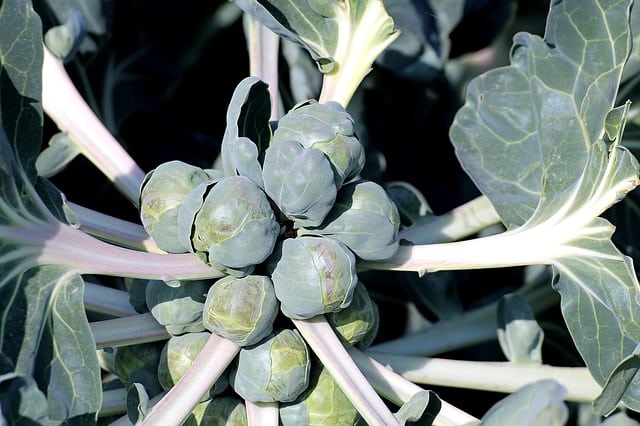
Brussels sprouts thrive in cooler temperatures and can develop well in partial shade. They require a longer growing season, typically around 90 days, so be patient. Start seeds indoors or directly sow them outside, ensuring adequate spacing for each plant to develop its characteristic sprouts. Like broccoli, Brussels sprouts can benefit from a light frost, which can sweeten their taste. Enjoy them roasted, sautéed, or steamed for a nutritious side.
Cauliflower
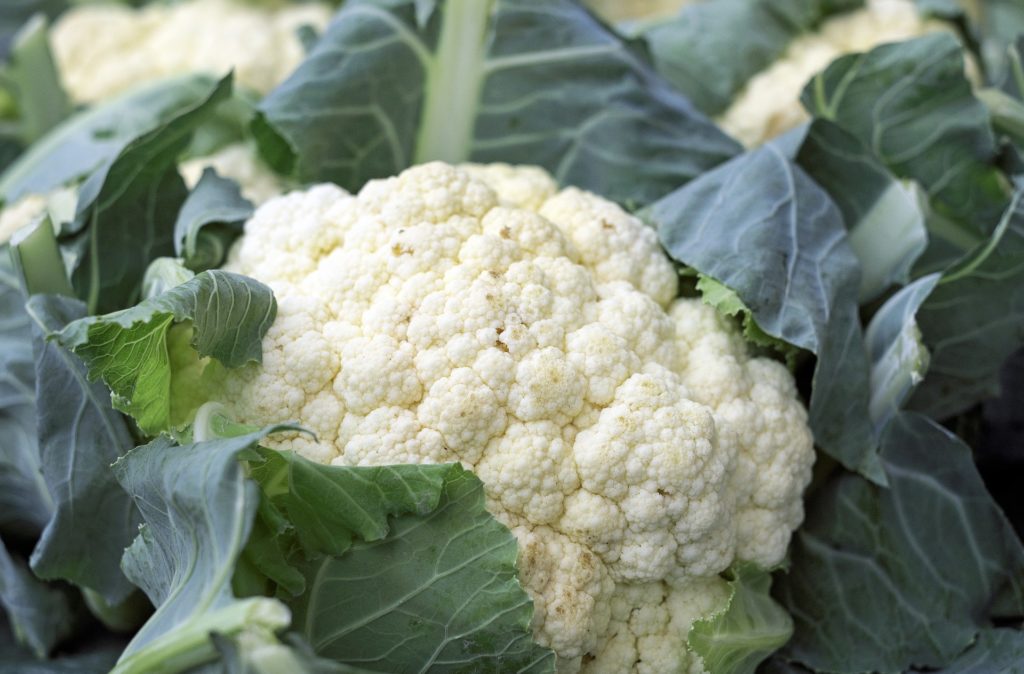
Cauliflower is a versatile vegetable that, while typically a sun-lover, will grow acceptably in shaded conditions. Like other cruciferous vegetables, it thrives in fertile soil and requires regular watering. Cauliflower can take about 70 days to reach full maturity, and proper care is essential to prevent the heads from becoming discolored. Harvest when the heads are firm and white for the best culinary quality.
Cabbage
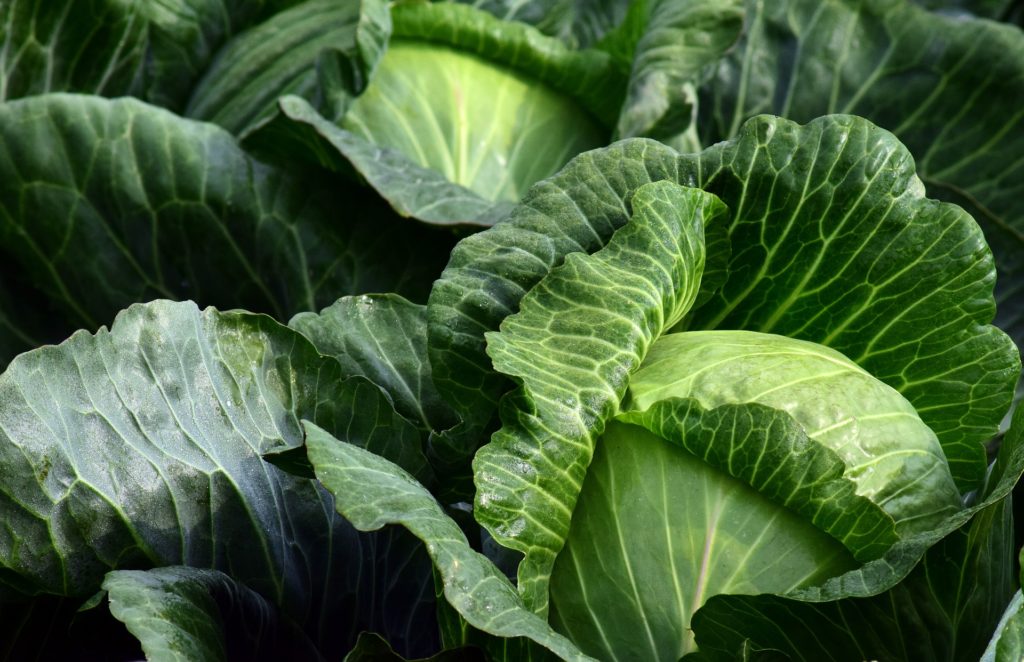
Cabbage is a classic garden vegetable that performs admirably in shaded conditions. With its dense leaves, it thrives in cooler temperatures, making it a fall favorite. When planting cabbage, ensure it has plenty of room to grow, as overcrowding can lead to smaller heads. Regular feeding with a balanced fertilizer will also ensure healthy development. Cabbage is incredibly versatile and can be used fresh in salads, fermented into sauerkraut, or cooked in various dishes.
Chinese (Napa) Cabbage
Napa cabbage, or Chinese cabbage, is a wonderful variety that is ideal for those with limited sunlight. Its tender leaves are slightly sweet and quite adaptable. Like regular cabbage, Napa cabbage thrives in cool weather and will grow well in partial shade. When planting, make sure there is enough space between each plant to accommodate their growth. Napa cabbage can be enjoyed raw in salads or stir-fried for comforting side dishes.
Collard Greens
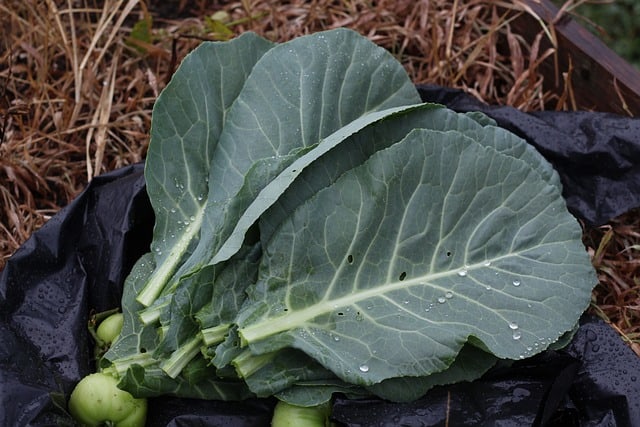
Collard greens are a nutritious leafy green that does remarkably well in shady gardens. They are also one of the most forgiving greens to grow, making them perfect for beginners. When you plant collards, they can withstand light frosts, which enhances their flavor. Make sure to keep the soil consistently moist and consider successive planting for an ongoing harvest. Collard greens can be sautéed, steamed, or added to soups for a nutritious boost.
Kale
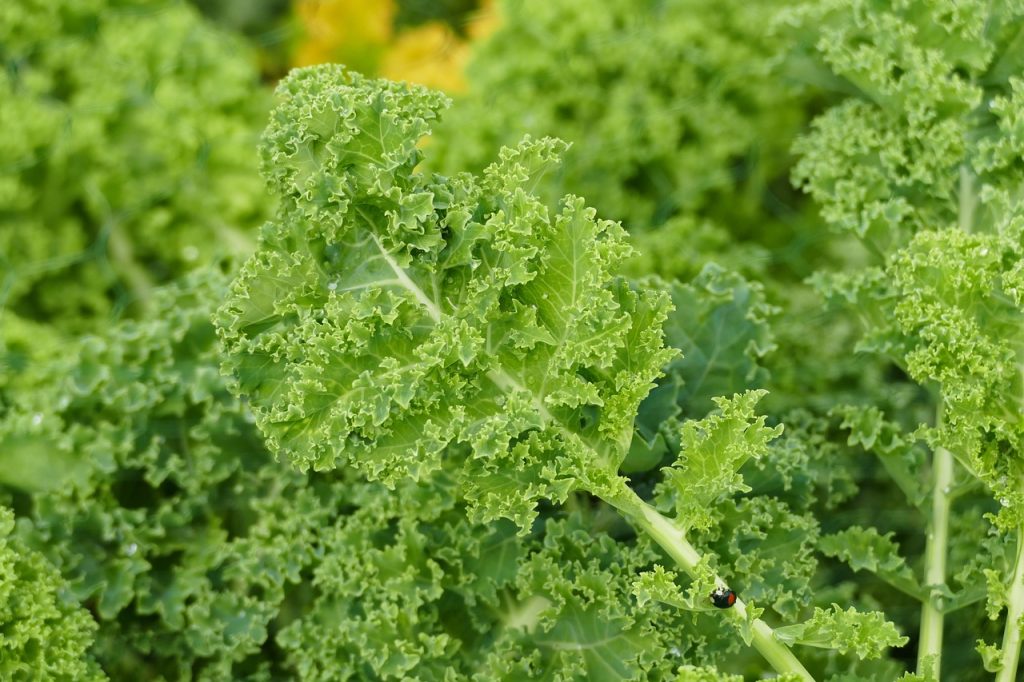
Kale has gained of lot of popularity over the years, and for good reason. This leafy green vegetable is a powerhouse of nutrients and grows great in semi-shaded areas. Kale is remarkably hardy and can tolerate colder temperatures, allowing for extended growing seasons. Plant kale seeds in nutrient-rich soil, and you can start reaping the rewards in about 60 days. Whether used in salads, smoothies, or baked into chips, kale provides an exciting addition to your culinary repertoire.
Kohlrabi
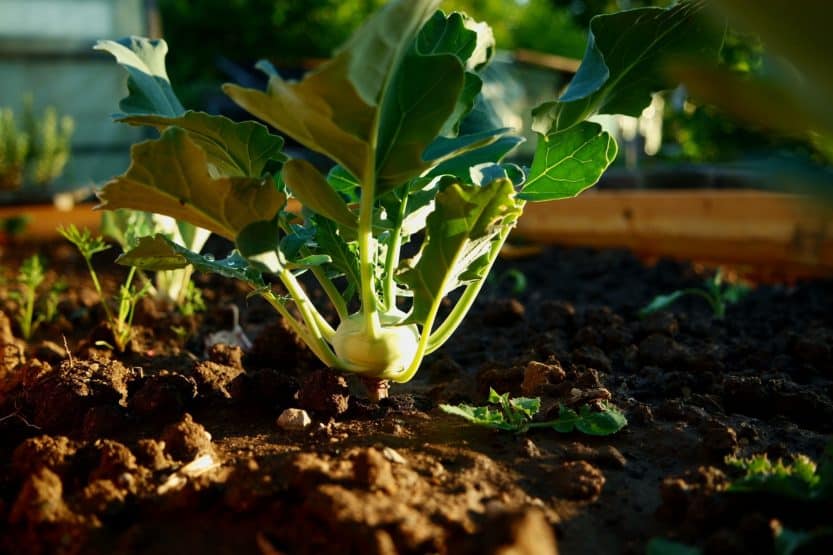
Kohlrabi is a unique and hearty vegetable that thrives in cooler conditions and can grow happily in shade. Its bulbous, swollen stem can be enjoyed raw or cooked, offering a crunchy texture and sweet, mild flavor. Plant kohlrabi seeds directly into the soil and thin them to promote healthy bulb formation. This unusual veggie can be sliced and eaten fresh in salads, or you can cook it in stir-fries and casseroles.
Mustard Greens
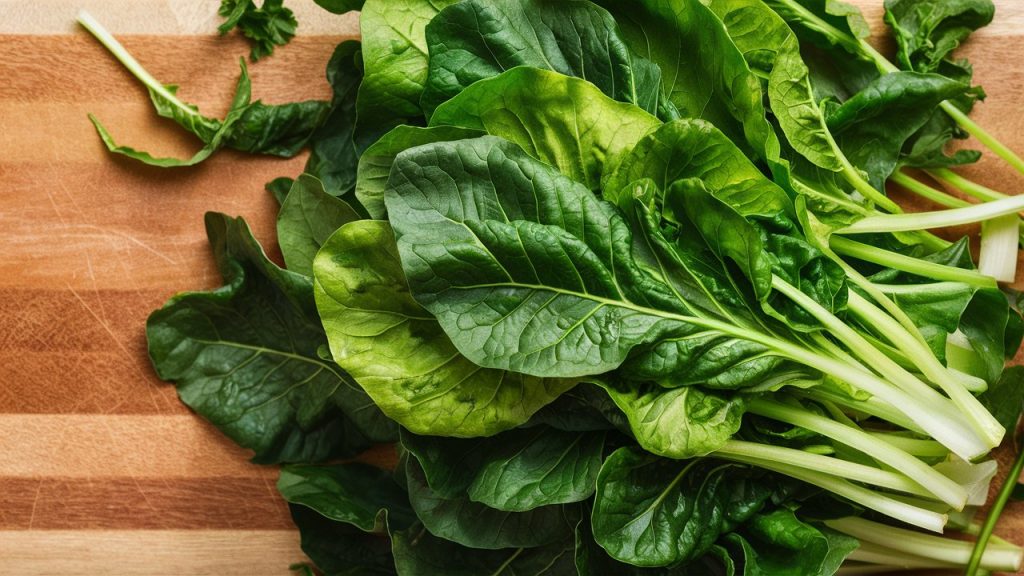
Mustard greens are another fantastic choice for shaded gardens, thanks to their quick growth and bold flavor. They offer a peppery taste similar to arugula and can be harvested early for tender leaves or allowed to mature for a more robust flavor. Simply sow seeds directly into the soil and keep them well-watered. Mustard greens can be sautéed, added to stir-fry dishes, or used in salads for added texture and nutrition.
Legumes
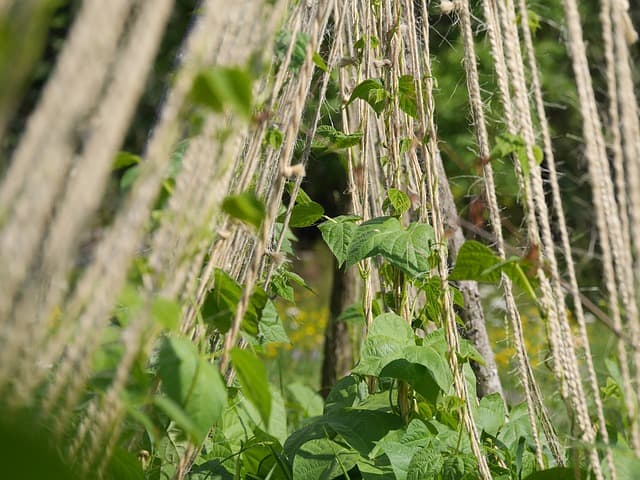
Legumes, particularly peas, are a delightful addition to any garden, offering not just edibility but also soil health benefits. They’re fantastic companions in your shade garden and can help improve soil nitrogen levels, promoting health in neighboring plants.
Peas
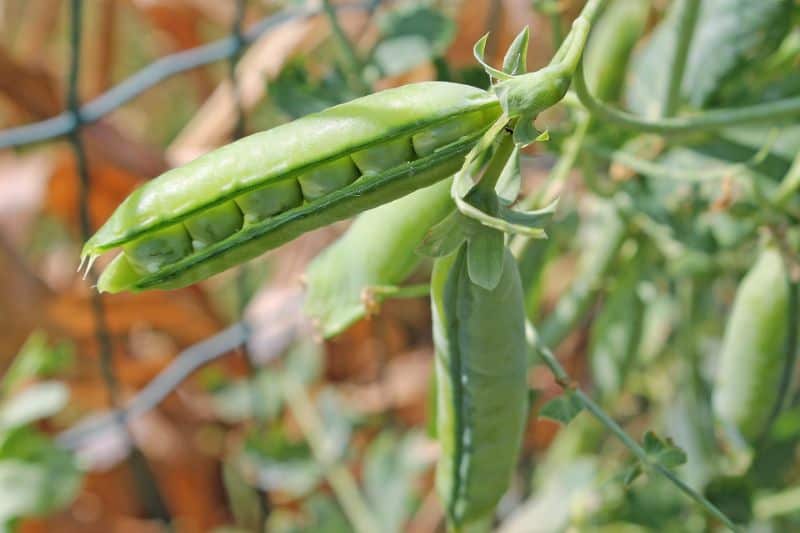
Peas are one of the most rewarding crops you can grow in a shaded environment. These cool-season vegetables thrive in areas with dappled sunlight, making them perfect for spring gardens before trees fully leaf out.
To plant peas, choose a location that receives 4 to 6 hours of sunlight—early morning sun or filtered light is ideal. Plant seeds directly in well-draining soil about 1 inch deep and spaced 2 inches apart. Peas are climbers, so providing a trellis or support can encourage upward growth while maximizing your limited garden space.
Regular watering is essential, especially if you experience warm spells. The key to a successful harvest is timely picking; peas should be harvested when they’re plump and sweet but still tender. Not only are fresh peas incredibly versatile in cooking, but they also serve as a deliciously sweet snack right off the vine!
Greens
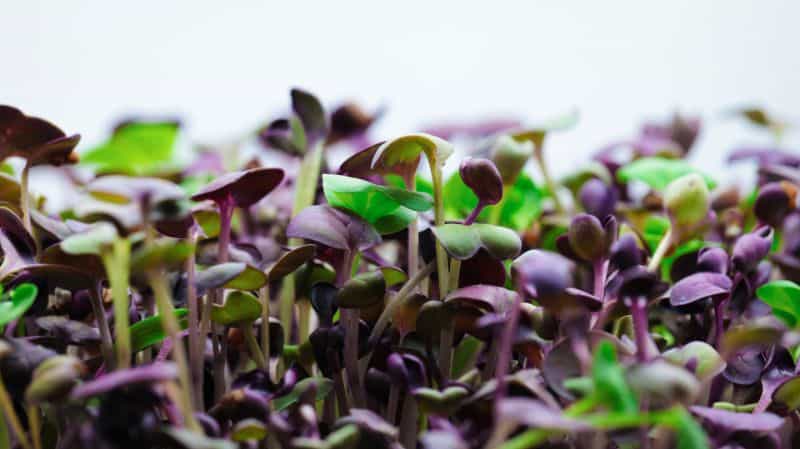
Greens are a staple for any gardener, providing a wealth of nutrients and culinary uses while performing well under shaded conditions. Whether you’re after crisp salad greens or hearty cooking greens, the choices outlined below offer variety and satisfaction.
Lettuce
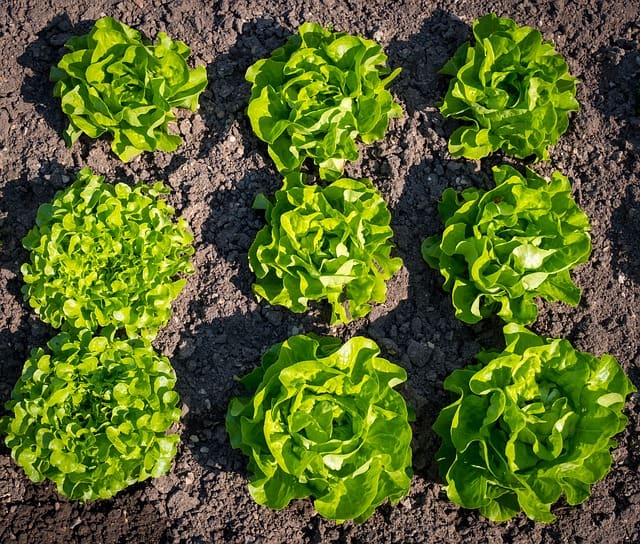
Lettuce is a classic choice for shaded gardens—its frequent harvesting and quick growth make it perfect for beginner gardeners. Leaf varieties tend to perform best in partial shade.
When planting lettuce, choose a soil that is rich in organic matter and well-drained. You can start with seeds or transplants, but spacing is key. Allow around 10 to 12 inches between mature heads or clusters. Lettuce thrives in cooler temperatures and should be consistently watered. Keep a close eye on the plants, as they can bolt (grow tall and flower) when temperatures rise, which will make them bitter. Harvesting individual leaves can extend the growing season; simply cut what you need and allow the plant to keep growing!
Rhubarb
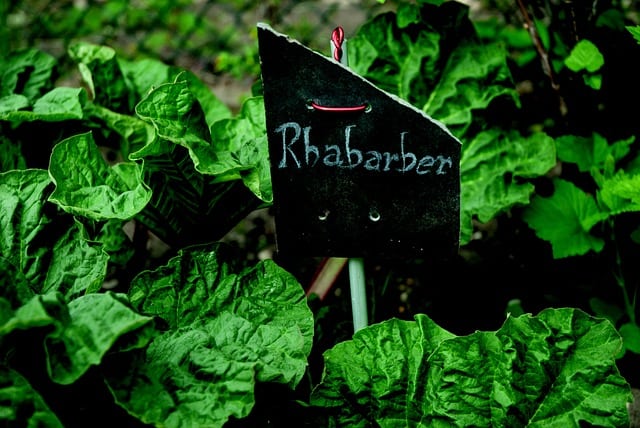
Rhubarb is a perennial favorite, known for its tartness that works wonderfully in desserts and preserves. While it prefers full sun, it can tolerate partial shade, especially in warmer climates.
When planting rhubarb, choose a spot with rich, well-drained soil, and apply a thick layer of mulch to retain moisture and suppress weeds. Initially, rhubarb may not produce a large harvest, but once established, it can yield for several years. Avoid harvesting in the first year to allow the plant to strengthen; thereafter, cut stalks at the base when they are at least 12 inches long. Rhubarb is perfect for pies, crumbles, and sauces, offering tangy goodness in sweet dishes.
Spinach
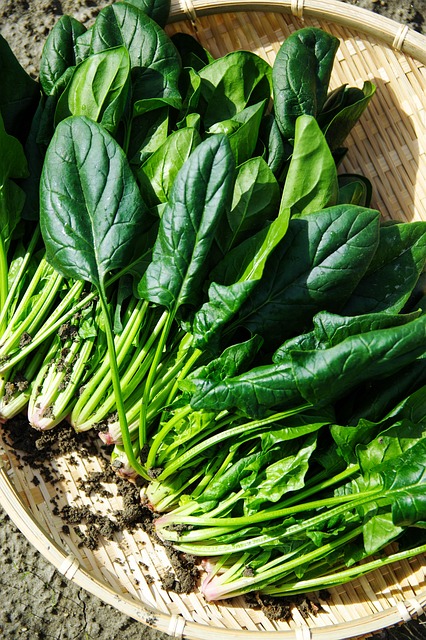
Spinach is a nutrient-packed green that thrives in cool weather and partial shade. It can be sown directly in the garden as early as late winter or early spring, and again in late summer for a fall harvest.
When planting spinach, make sure to space seeds about 2 inches apart in well-prepared soil that’s rich in organic matter. Keeping the soil consistently moist is essential for good growth. Spinach enjoys cooler temperatures, so it’s well-suited for shady areas, making it an ideal candidate for spring and fall gardens. You can enjoy spinach in salads, smoothies, or cooked dishes—its versatility is a gardener’s dream.
Swiss Chard
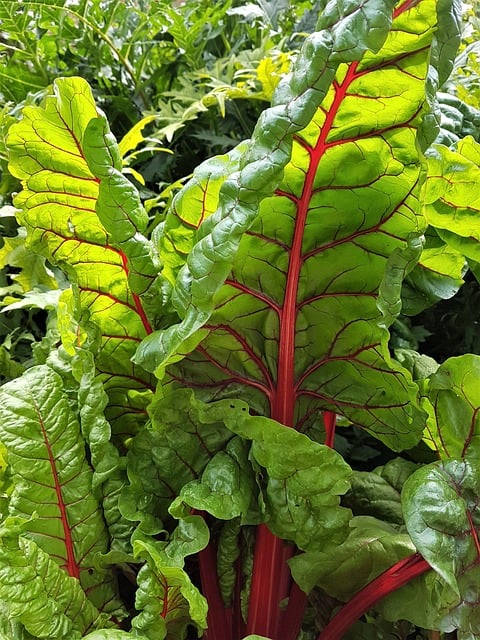
Swiss chard is a vibrant leafy green that can add color to your shade garden, showcasing its glossy green leaves often accented with bright red or yellow stems. This hardy plant can tolerate partial shade and, like spinach, can be sown both in spring and fall.
Plant Swiss chard seeds directly in nutrient-rich soil, spacing them about 3 to 4 inches apart. Swiss chard has a relatively long growing season, so regular watering and weeding will help it thrive. You can harvest outer leaves as needed, allowing the plant to continue producing throughout the season. Swiss chard is delicious both raw in salads or sautéed with garlic, making it an excellent choice for healthy meals.
Herbs
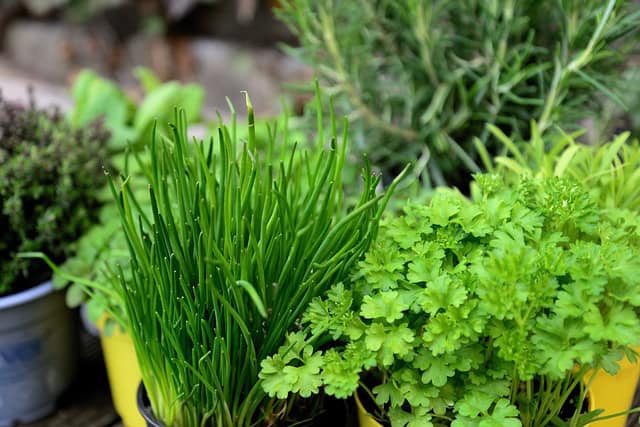
Herbs are an essential component of any garden, infusing dishes with flavor while requiring minimal space. The following herbs are particularly well-suited for shady spots, ensuring your culinary creations shine.
Rosemary
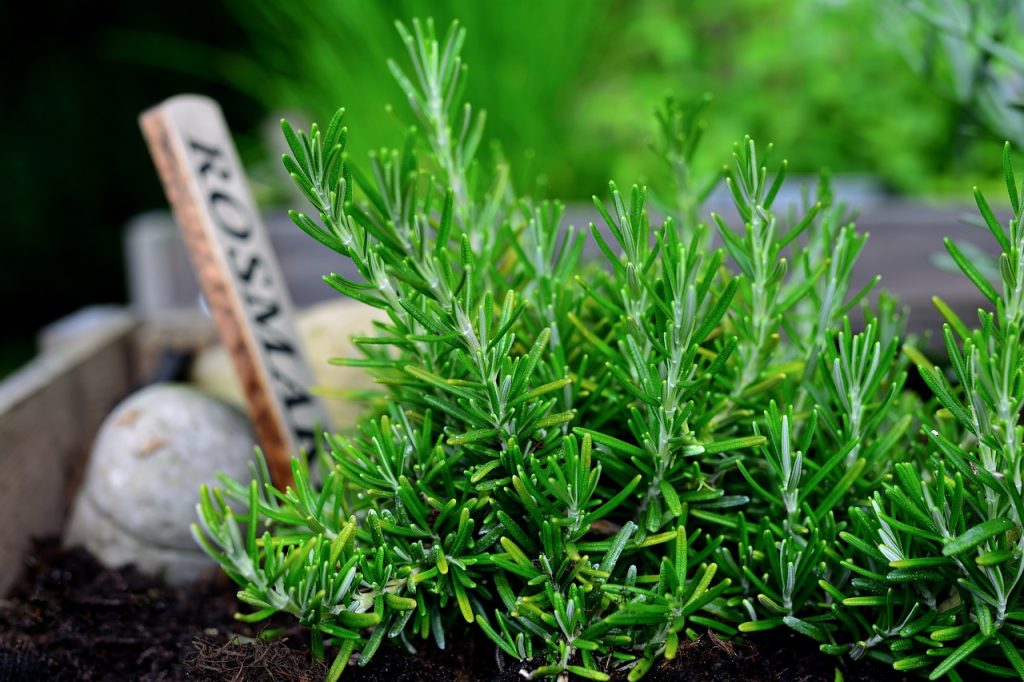
Rosemary is a robust herb that prefers well-drained soil and can tolerate dappled sunlight. Though it can survive in partial shade, it is essential to choose a location that receives a few hours of sunlight each day.
Plant rosemary in well-amended soil, providing enough space (about 2 feet apart) for the plant to mature. Regular pruning will promote bushiness and encourage new growth. Rosemary can be harvested throughout the year, and its aromatic leaves enhance various dishes, particularly roasted meats and vegetables. Additionally, rosemary makes a lovely companion to many other plants, improving pollination and attracting beneficial insects.
Parsley
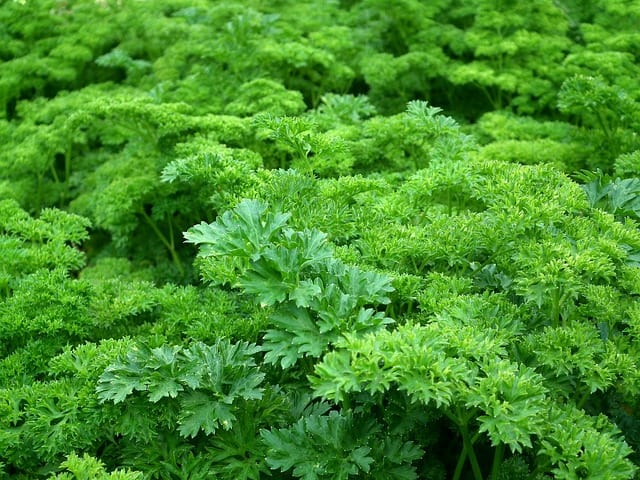
Parsley is a wonderful culinary herb that thrives in both full sun and partial shade. This biennial plant grows well in rich, moist soil and can be harvested throughout its growth cycle.
When planting parsley, you can start from seeds or young plants. Space seeds about 10 inches apart to allow ample room for growth. Regular watering is essential, especially in warm weather. Parsley adds freshness to dishes, and its leaves can be used as a garnish or blended into sauces and dips. Plus, it’s a great source of vitamins A, C, and K.
Chives
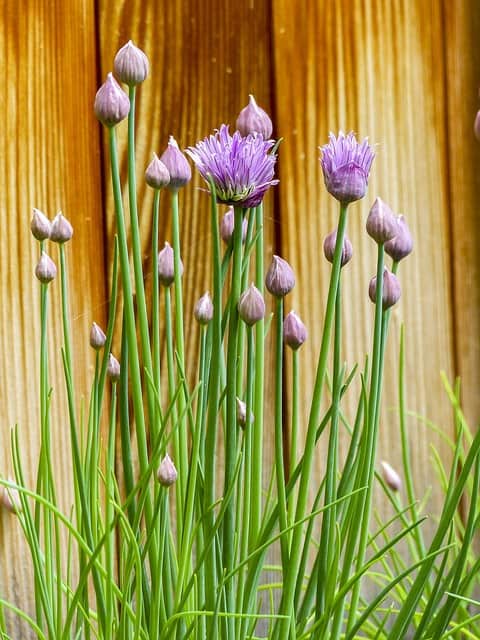
Chives are an extremely hardy herb that does well in cooler temperatures and light to moderate shade. Their mild onion flavor makes them a popular choice for many dishes.
Plant chive seeds or transplants in nutrient-rich soil, spacing them 6 to 8 inches apart. They are perennials, so once established, chives will return year after year, providing a constant supply of flavor. Regularly trimming the tops encourages dense growth and enhances the flavor profile. Chives can be used fresh in salads, soups, and a wide array of dishes, providing a light onion taste that elevates any meal.
Tips for Successful Shade Gardening
Know Your Shade: Understand the type of shade your garden receives—full shade, partial shade, or dappled shade—since this affects which plants will thrive.
Improve Soil Quality: Amend your soil with compost to ensure adequate nutrients for your plants. This is especially important in shaded areas where growth may be slower.
Water Wisely: Monitor your moisture levels carefully. Shaded soils can retain moisture longer, so adjust your watering schedule accordingly to prevent overwatering.
Watch for Pests: Shade can create a humid environment that promotes pest infestations. Regularly check your plants for signs of pests and take action if necessary.
Plan for Rotation: Rotate your crops each season to maintain soil health and minimize disease risks.


